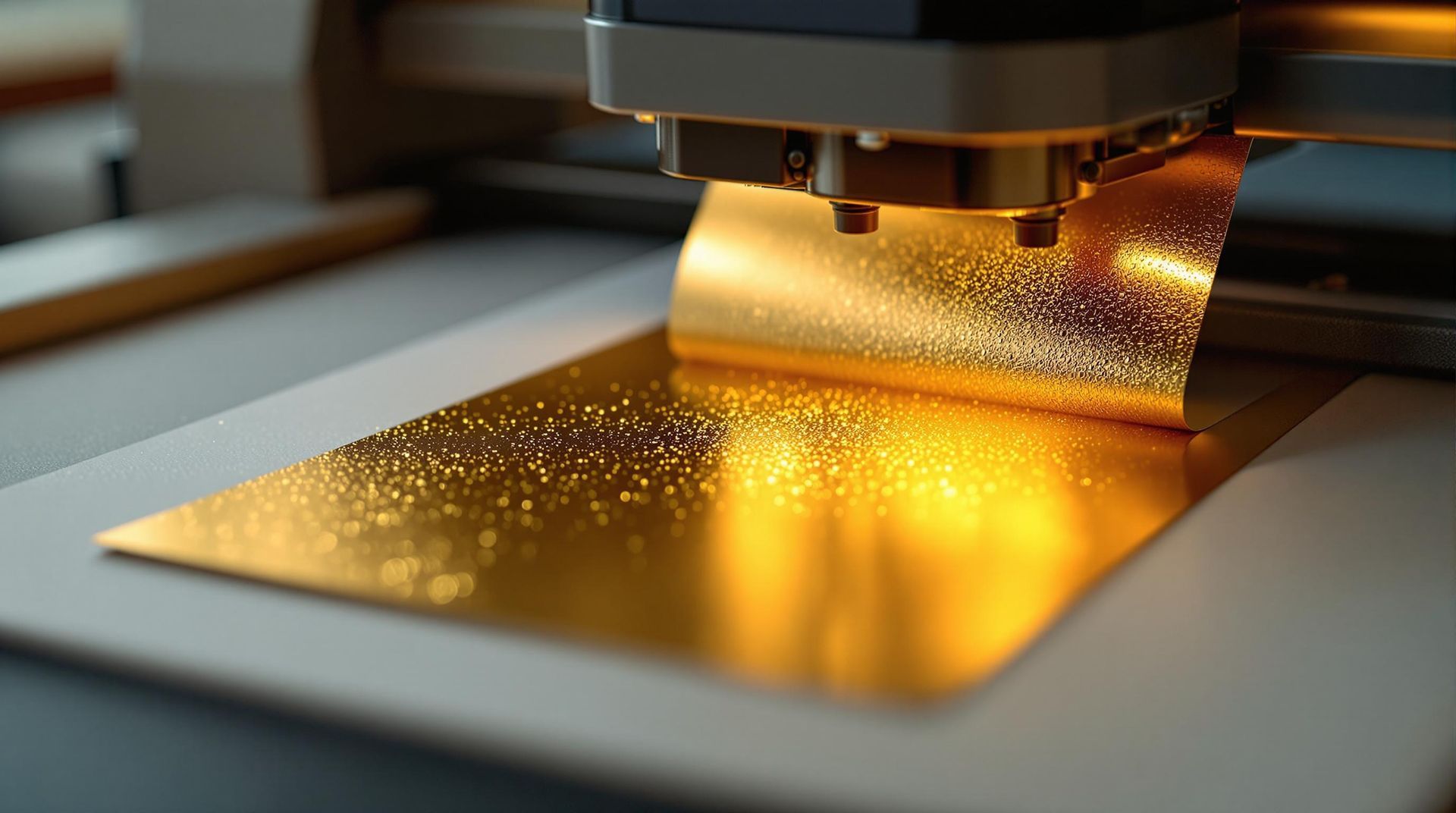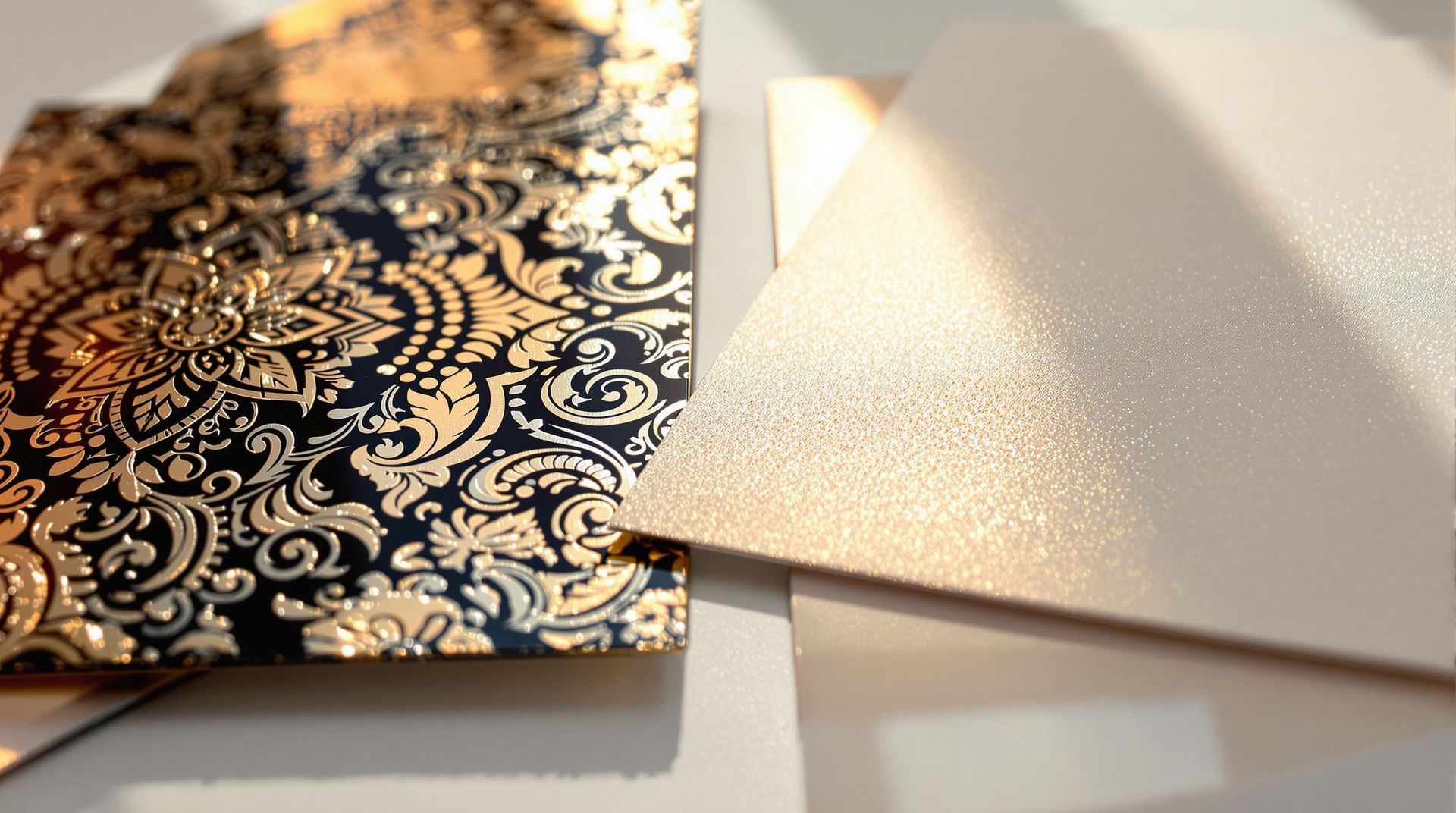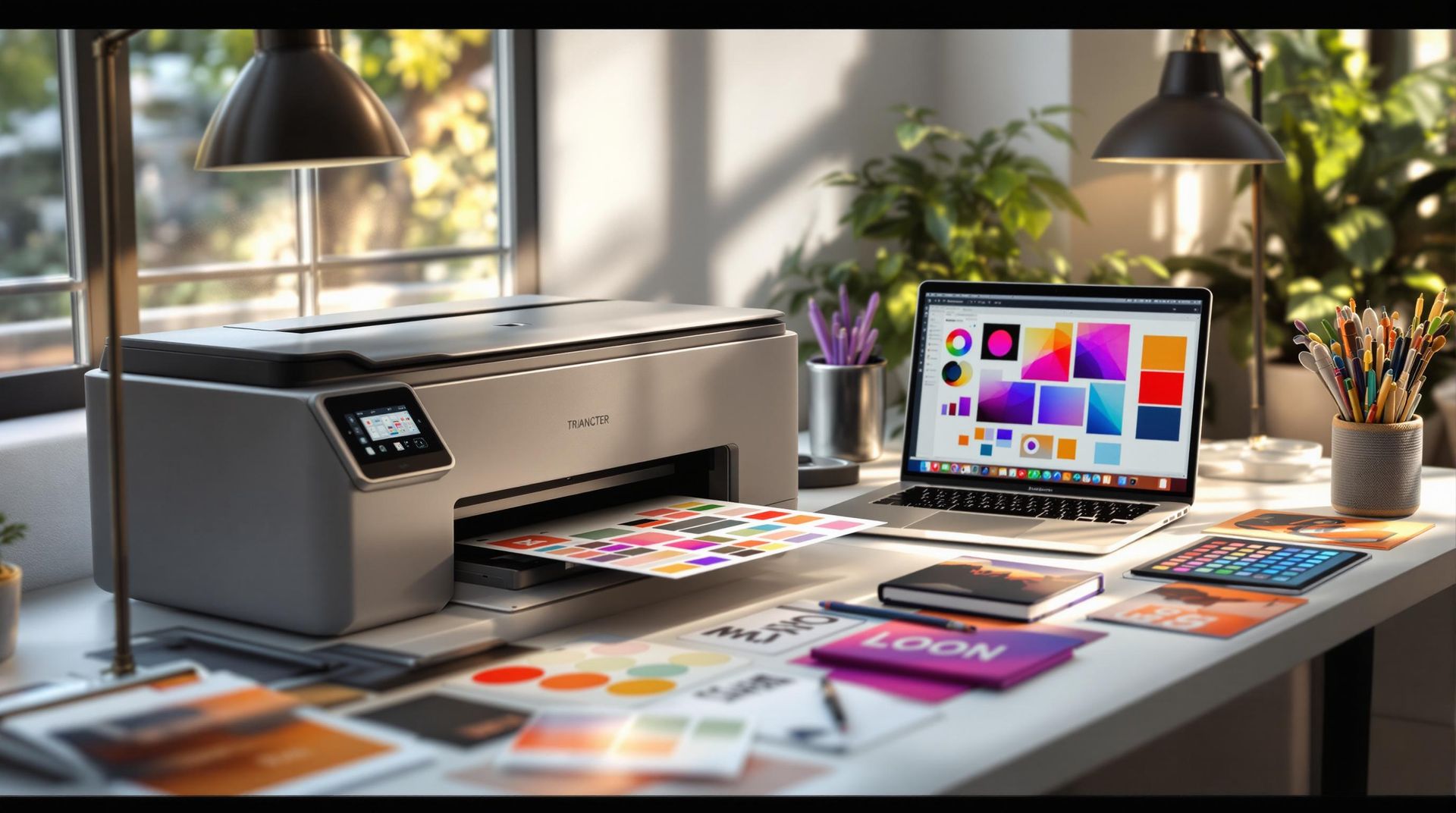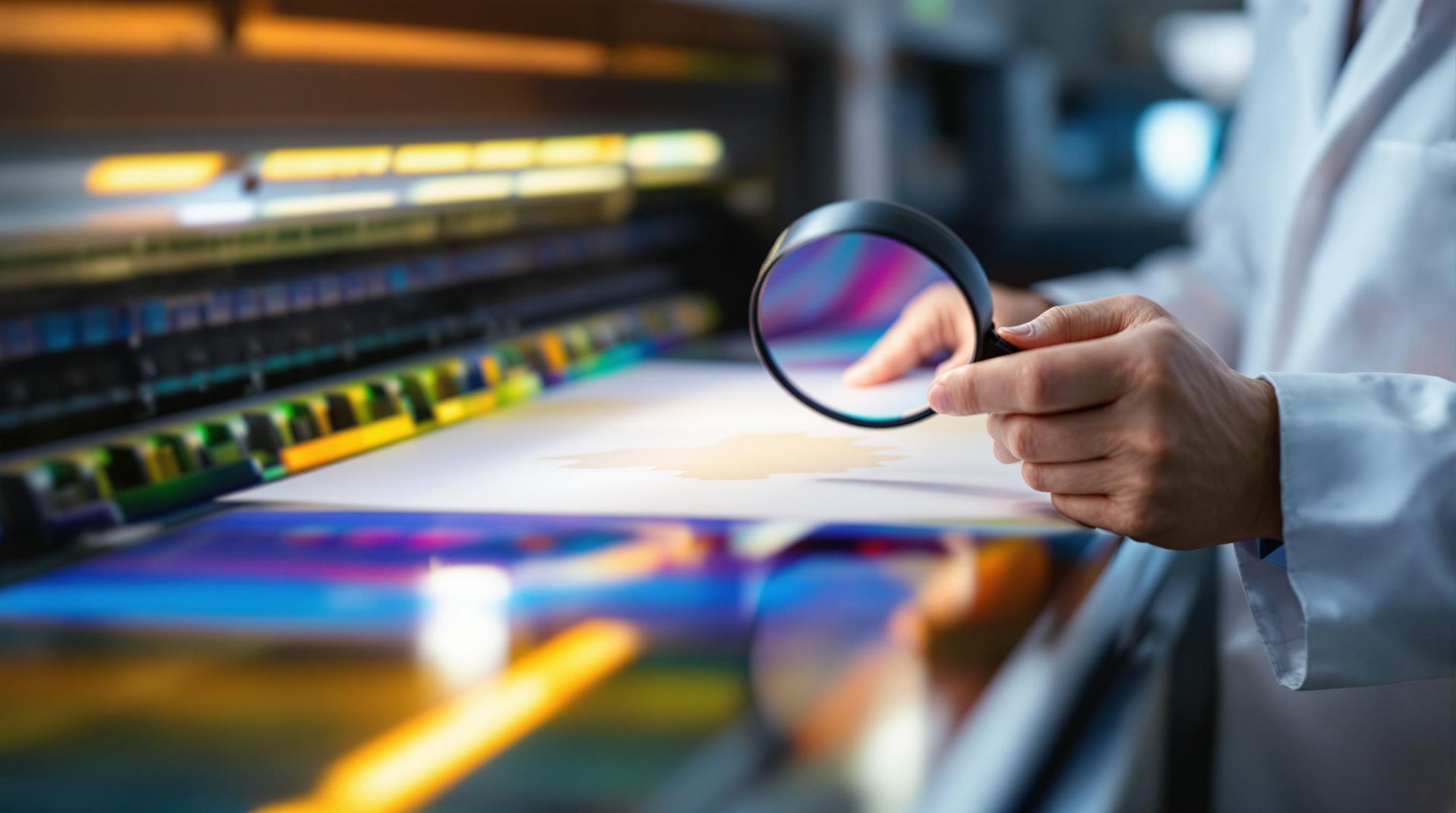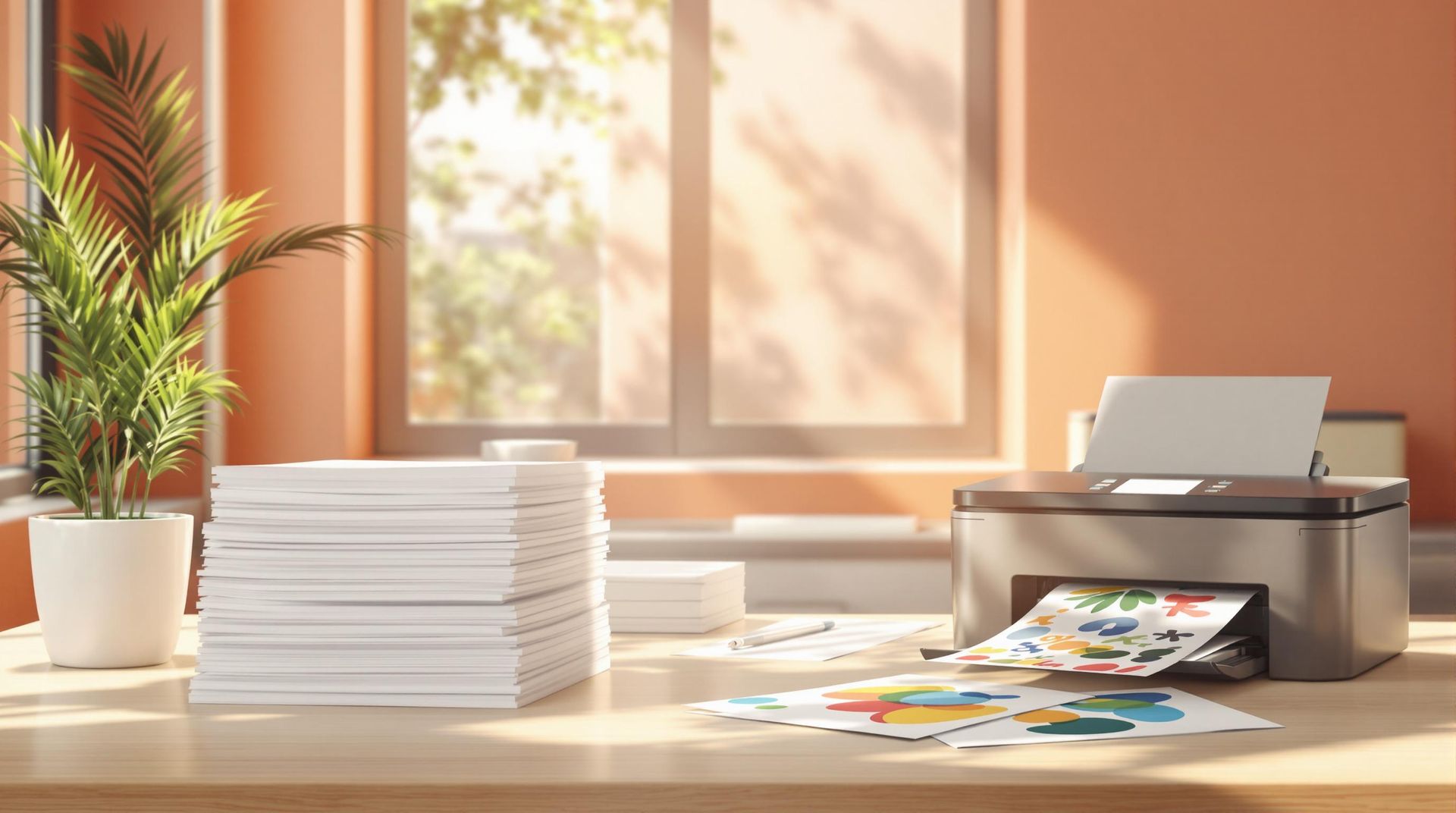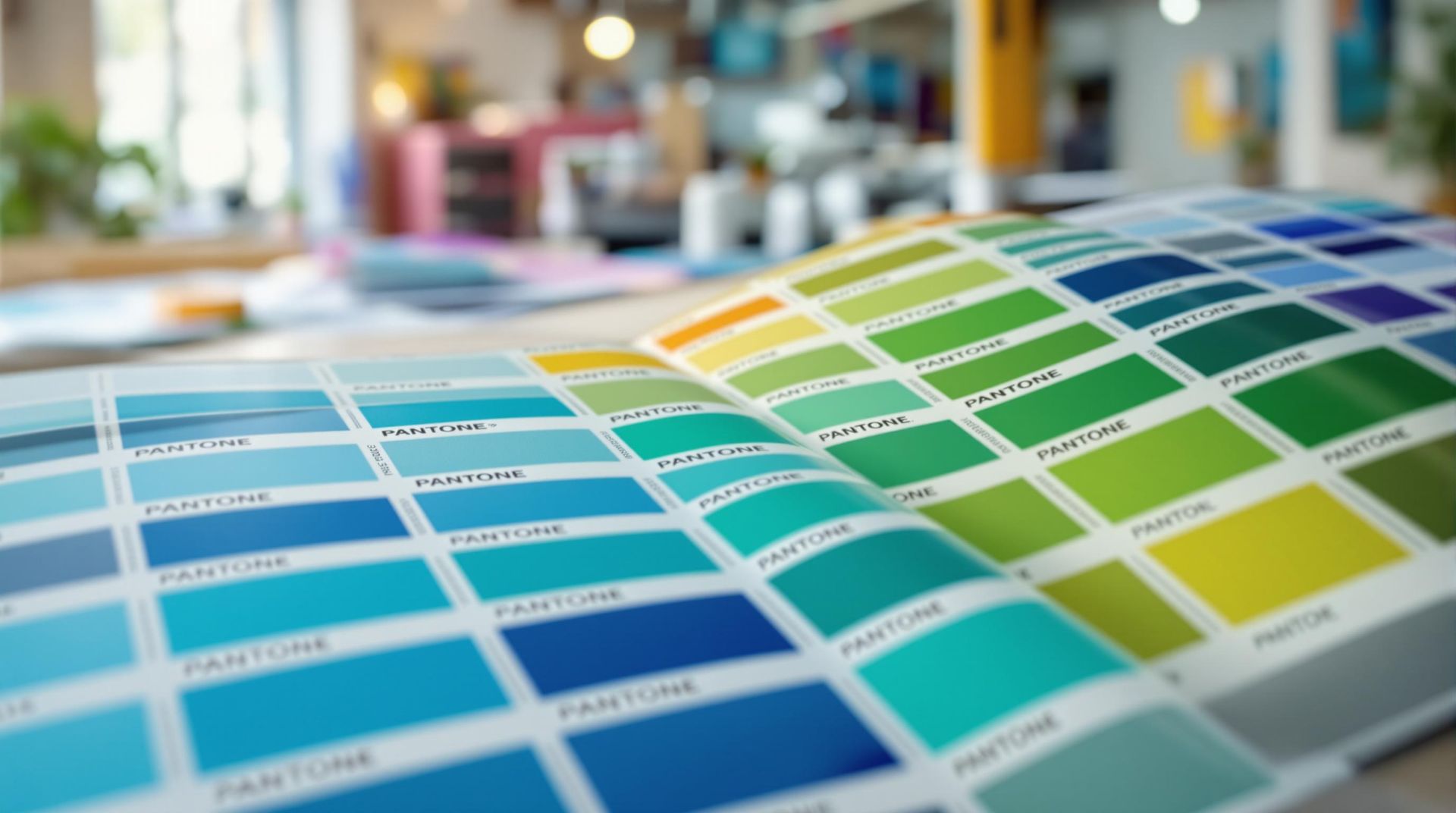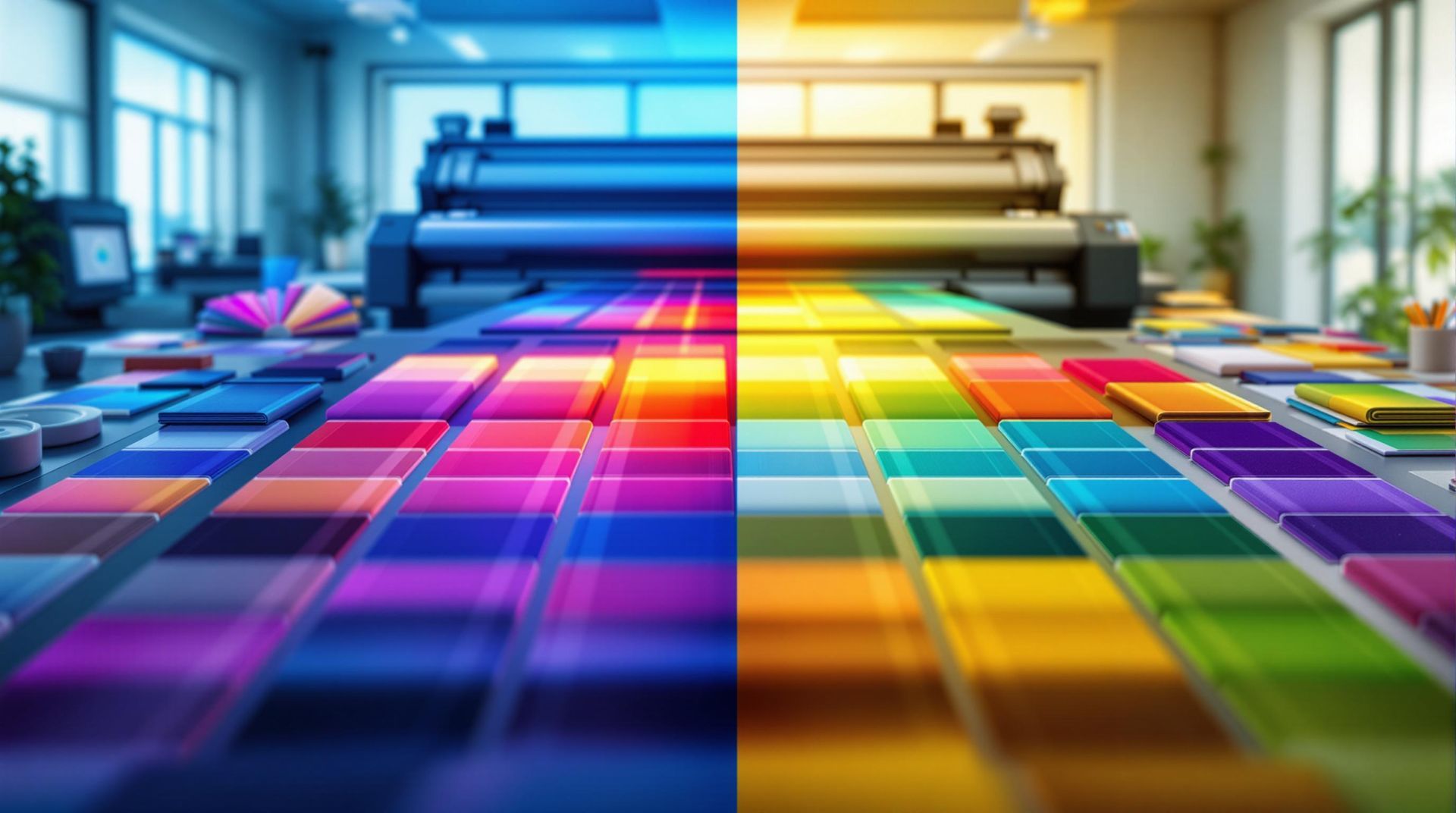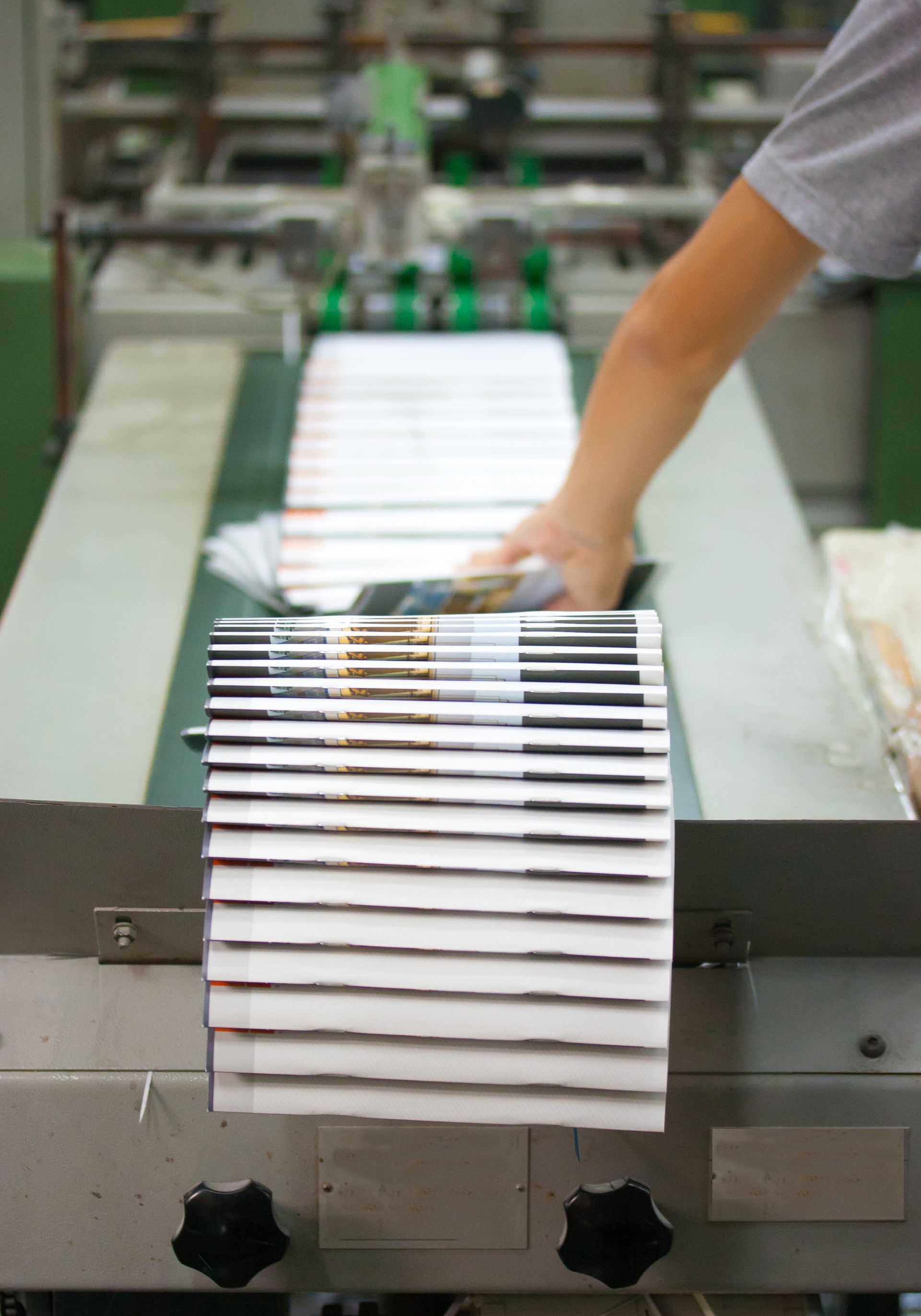Recycled vs. Virgin Paper: Cost Breakdown
Recycled paper costs more upfront due to extra processes like de-inking, but it uses 70% less energy , 35% less water , and saves 17 trees per ton compared to virgin paper. Virgin paper, made from fresh wood pulp, is cheaper to produce but has a higher environmental cost.
Quick Comparison
| Factor | Virgin Paper | Recycled Paper |
|---|---|---|
| Raw Materials | 2.5 tonnes of wood/ton | 1.2 tonnes of waste paper/ton |
| Energy Usage | Higher | 40% less |
| Water Usage | Higher | 35% less |
| Processing Steps | Basic (logging, milling) | Complex (sorting, de-inking) |
| Cost | Lower | Higher |
| Environmental Impact | Higher (more pollution, deforestation) | Lower (saves trees, reduces landfill) |
Key takeaway: Use recycled paper for eco-friendly projects and virgin paper for premium quality needs. Balance cost, quality, and environmental goals based on your project.
Cost Analysis of Recycled and Virgin Paper
Virgin Paper Production Costs
Making virgin paper involves a straightforward process that often keeps costs lower compared to recycled paper. Key expenses come from energy-heavy steps like turning raw wood into pulp. These include logging, processing wood pulp at mills, and distributing the final product. Despite needing more raw materials, the simplicity of the process often results in competitive pricing.
Recycled Paper Production Costs
Recycled paper production begins with collecting and sorting waste paper, followed by removing ink. While it requires less energy than virgin paper production [5] , the need for specialized equipment and extra processing steps increases costs. These additional requirements usually make recycled paper more expensive.
Cost Comparison of Recycled and Virgin Paper
Here’s a breakdown of the cost factors for both types:
| Cost Factor | Virgin Paper | Recycled Paper |
|---|---|---|
| Raw Materials | Wood pulp (2.5 tonnes per tonne) | Waste paper (1.2 tonnes per tonne) |
| Energy Usage | Higher consumption | 40% less energy required |
| Processing Steps | Basic (logging, milling) | Complex (collection, sorting, de-inking) |
| Water Usage | Higher consumption | Lower consumption |
| Equipment | Standard machinery | Specialized recycling equipment |
Market trends and energy prices heavily impact the cost dynamics between these two options. Companies like Miro Printing & Graphics Inc. use their expertise to guide clients in balancing cost, quality, and sustainability. Their experience shows that while recycled paper often has a higher upfront cost, factors like project type and quality requirements frequently affect the final choice.
Cost is just one piece of the puzzle – environmental considerations also weigh heavily in paper decisions.
Environmental Impact of Paper Choices
Why Choose Recycled Paper?
Producing recycled paper offers major environmental advantages. It uses 35% less water , creates 74% less air pollution , and requires 70% less energy compared to making paper from new materials. Plus, every ton of recycled paper saves 17 trees and reduces methane emissions from landfills [6] .
| Environmental Factor | Impact of Recycled Paper |
|---|---|
| Water Usage | 35% less than virgin paper |
| Air Pollution | 74% reduction |
| Energy Consumption | 70% less |
| Trees Preserved | 17 trees per ton |
| Landfill Space Conserved | 3.3 cubic yards per ton |
Making Sustainable Paper Choices
The environmental impact of recycled paper depends on how it’s made and the energy sources involved. Sustainability expert Paul Ekins from University College London highlights an important point:
"Increased recycling and recovery is not a straightforward recipe for reducing global greenhouse gas emissions" [1] .
However, studies suggest that using renewable energy in recycling processes could cut emissions by as much as 96% [1] . Companies like Miro Printing & Graphics Inc. guide clients through these considerations, helping them balance environmental goals with practical needs.
New recycling technologies, such as better de-inking methods and greater use of post-consumer waste, are boosting the advantages of recycled paper [5] . When deciding between recycled and virgin paper, it’s important to weigh both the environmental impact and the specific demands of your project to make the best choice for sustainable printing.
sbb-itb-ce53437
Recycled Paper Vs. Virgin Paper
Choosing the Right Paper for Your Needs
Selecting the right paper involves more than just considering environmental factors – it’s about matching the paper to your project’s goals and budget.
When to Use Recycled Paper
Recycled paper works well for projects where eco-consciousness takes priority over a high-end finish. It’s a great fit for internal documents, educational materials, or environmentally focused marketing campaigns. Companies like Miro Printing & Graphics Inc. can help you evaluate whether recycled paper meets your project’s needs while aligning with your sustainability goals.
When to Use Virgin Paper
For projects that require top-tier print quality and aesthetics, virgin paper is the go-to choice. Its brightness, smooth texture, and durability make it perfect for:
| Project Type | Benefits of Virgin Paper |
|---|---|
| Luxury Packaging | Excellent color reproduction and finish |
| High-end Marketing | Sharp image clarity and contrast |
| Professional Photography | Detailed and vibrant image preservation |
| Archival Documents | Long-lasting durability |
Choosing virgin paper ensures your project delivers a polished and professional look.
Balancing Cost and Quality in Paper Selection
The cost of paper often depends on energy prices and market trends, with recycled paper sometimes offering a more budget-friendly option during periods of high energy costs. When deciding, consider these factors:
- Project Needs : Does your project require a premium, polished appearance?
- Budget : Weigh immediate costs against potential savings in the long run.
- Sustainability Goals : Think about how your paper choice reflects your brand’s environmental commitment.
Every project is unique, so it’s essential to weigh these factors carefully to strike the right balance between quality, cost, and environmental impact.
Conclusion on Paper Choices
Key Takeaways
Recycled paper, though often more expensive upfront due to its complex processing, uses 70% less energy and water , saves 17 trees per ton , and reduces landfill waste by 3.3 cubic yards [6] . On the other hand, virgin paper is cheaper to produce but doesn’t offer these environmental advantages [2] . Data consistently shows that recycling processes are far more efficient in conserving resources compared to virgin paper production [3] .
These factors underline the importance of eco-conscious practices in the printing industry.
Looking Ahead: Printing and Sustainability
As sustainability becomes a bigger focus, companies like Miro Printing & Graphics Inc. are helping clients find eco-friendly paper options that meet both quality and environmental goals. Advances in recycling technology and changes in energy costs are expected to shrink the price difference between recycled and virgin paper [2] . Increasingly, businesses are considering the long-term environmental impact alongside upfront costs when making printing decisions [4] .

